NASA plans to build permanent bases on the Moon by the end of the decade, followed by settlement expeditions to Mars. When we establish bases beyond Earth, space settlers will need to bring a significant ecosystem with them, including animals.
In fact, animals that can help perform important tasks such as pollinating insects, shrimp and fish can be raised in small spaces and used as food sources. So in the future, what animals should be present on the Moon, Mars with astronauts?
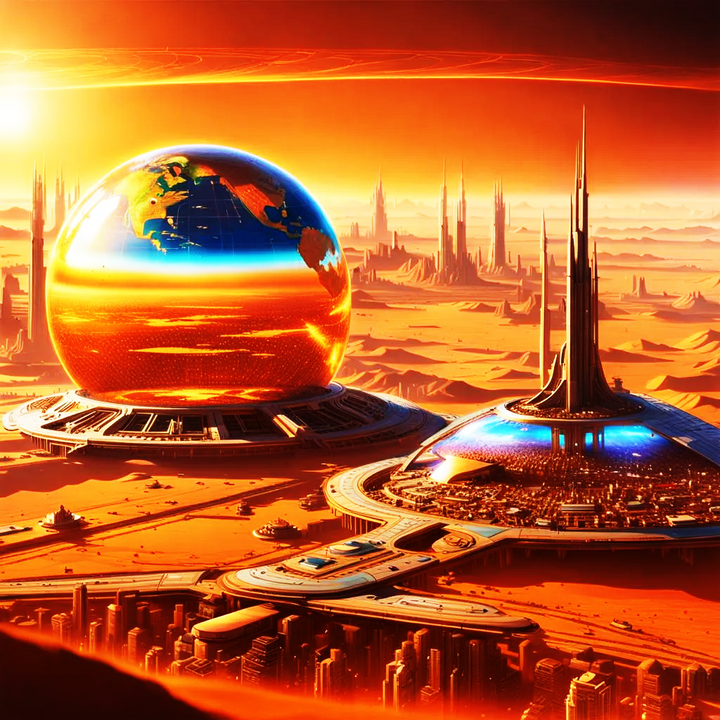
Spacefaring animals could help humans survive on the Moon or Mars, but which is the best candidate? (Illustration: creator.nightcafe.studio)
"There is little consensus on this story, because complex extraterrestrial ecosystems are still far in the future, and it is more science fiction than science fact, because gravity is a major obstacle," David Catling, an astrobiologist at the University of Washington in Seattle, told Live Science by email.
Mars has only one-third the gravity of Earth, and the moon has only one-sixth the gravity of Earth, Christopher McKay, a planetary scientist at NASA's Ames Research Center, told Live Science. "Habitats can be artificially engineered to match the temperature, pressure, and atmospheric composition that Earthlings are used to, but there's no way to modify the gravity of space," McKay said.
The altered gravity could affect muscle and bone development, making it impossible for Martian animals to stand or walk properly. “In these conditions, small animals like mice and aquatic creatures might be the best choice,” said Christopher McKay.
David Catling gave a similar response: “Given the challenges of space, I think simpler animals, such as insects or crustaceans, would probably be more robust.”
Christopher McKay also suggests that because fish and other aquatic animals are buoyant, changes in gravity may not have much of an impact on their growth. Fish could also make useful space pets, since they feed more efficiently and produce less waste than large land animals, according to a 2021 review in the journal Frontiers in Astronomy and Space Sciences.
There have even been recent studies looking into the feasibility of transporting fish eggs into space for hatching under a special program. According to a 2021 review, if eggs can survive spaceflight and hatch successfully in space, fish could become a more efficient, protein-rich, low-waste food source than terrestrial livestock.
According to a 2020 report from the University of South Australia and the International Space University in France, insects such as crickets (Acheta domesticus) are the most viable and affordable, providing a good source of protein while using less space and water than fish.
Like insects, crustaceans can also be farmed in small spaces. Shrimp can be farmed in small tanks and used as part of an aquaponics system, says David Catling.
In short, the best-case scenario is that animals will evolve on Mars and the Moon just like on Earth, using every possible artificial technology, but there is no clear data on that yet, and in-depth research and simulations are needed to understand better, McKay added.
HUYNH DUNG (Source: Livescience)
Source






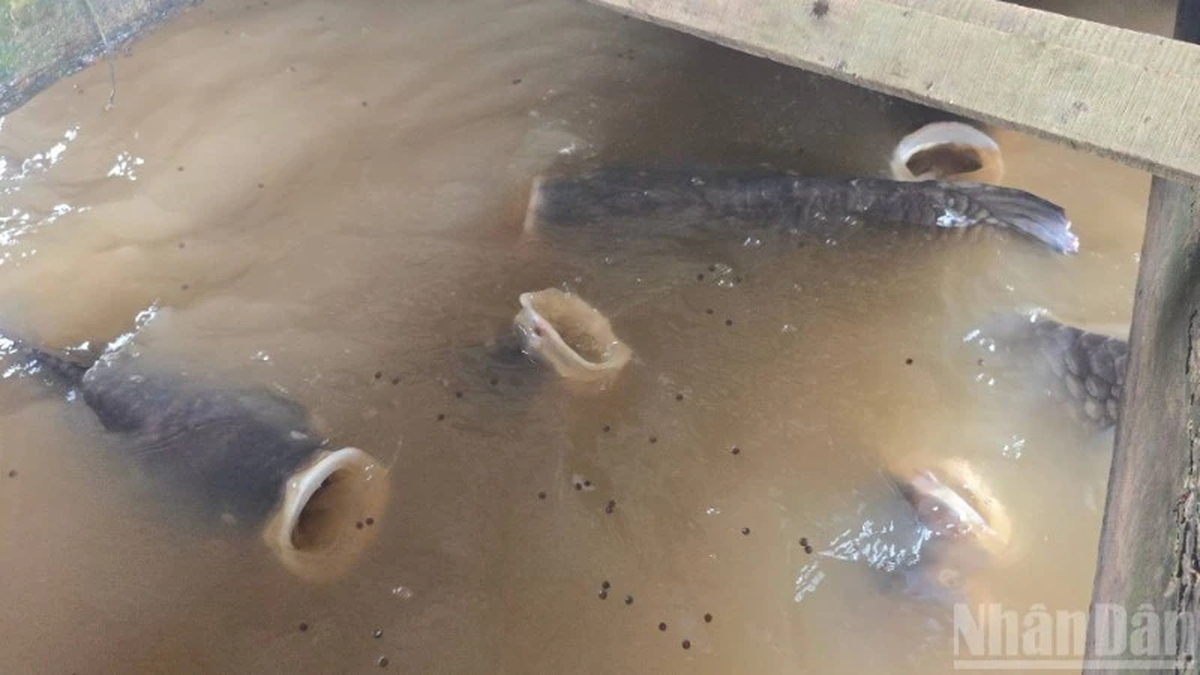


















![[Photo] National Assembly Chairman Tran Thanh Man visits Vietnamese Heroic Mother Ta Thi Tran](https://vphoto.vietnam.vn/thumb/1200x675/vietnam/resource/IMAGE/2025/7/20/765c0bd057dd44ad83ab89fe0255b783)






































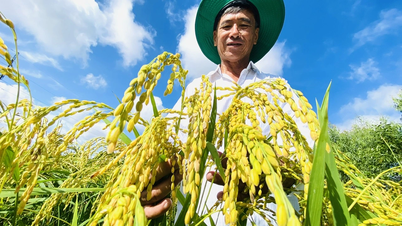

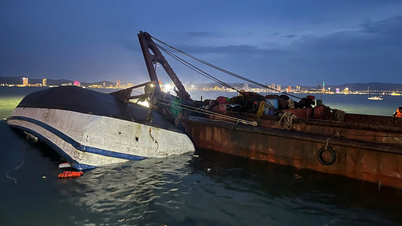






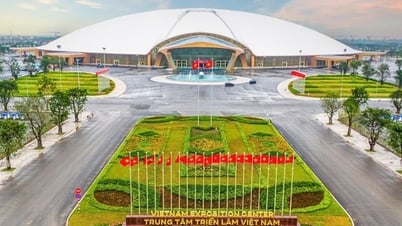
























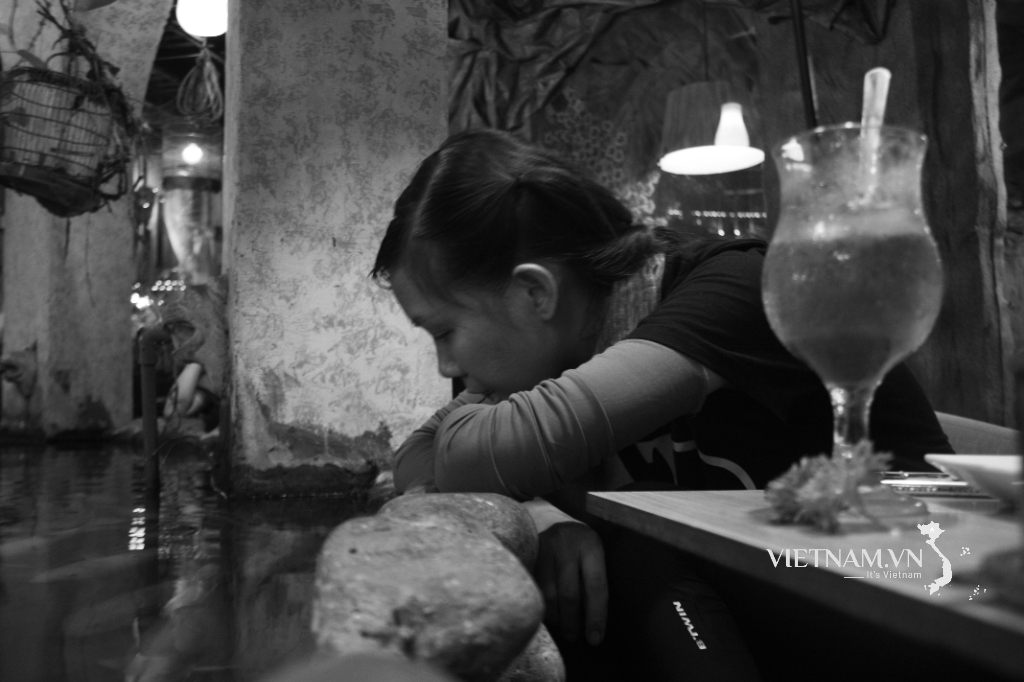
Comment (0)